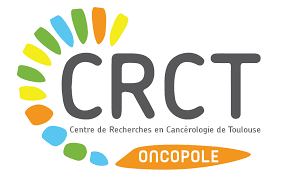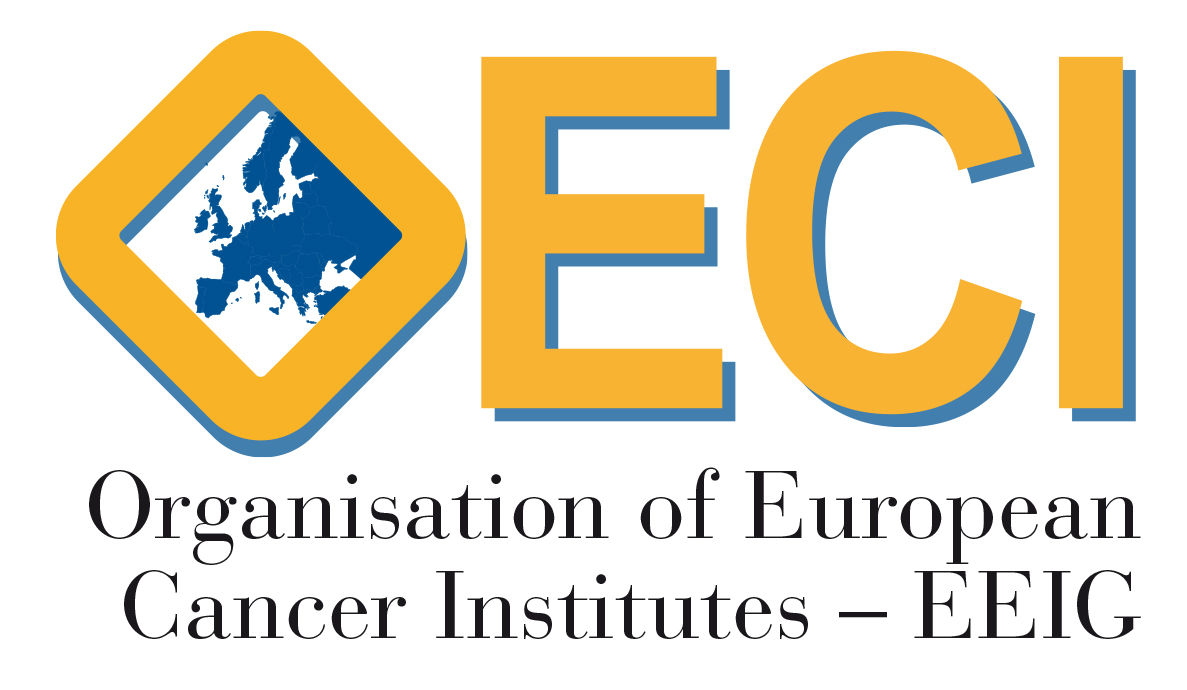Excellent Practices
Radiation Oncology
Practice Category: Structure
Centre: Toulouse-Oncopole

Elizabeth Cohen-Jonathan Moyal
moyal.elizabeth@iuct-oncopole.fr


Challenge which the practice addresses
The IUCT-Oncopole Radiation Oncology department (ROD), equipped with 8 bunkers and 7 complementary accelerators, all brachytherapy technics, treats 3000 patients /year and is dedicated to high quality and secure treatments and to innovation and translational research from bench to bedside and back to bench.
All new techniques are offered to patients including all the intra-cranial and extracranial stereotactic treatments.
The department aims for continuous optimisation of radiotherapy treatment including best choice of machine for each patient, reduced delays at each step of the treatment planning, and an alwaysthorough quality and safety culture.
Solution
The IUCT-O ROD has developed radiotherapy optimisation through several axes involving at least two INSERM research teams by:
• studying radio-resistance mechanisms, biologic and metabolic tumour heterogeneity, particularly on glioblastoma to discover new targets to be inhibited and to better define the target to be irradiated through multimodal metabolic imaging
- optimising the dose delivery on tumour heterogeneity – transferring the results from the labs to the ROD through clinical trials with longitudinally obtained biomarkers and multimodal imaging.
- studying prediction of response to treatment with AI specialists
- performing systematic “a priori” risk analyses for all new techniques
- weekly quality meetings including a representative of all professions of the ROD
- performing audits of the delays at each step of the treatment planning and patient satisfaction surveys
Impact
In addition to 44 clinical trials for which radiation-oncologists (RO) are PIs, several national academic clinical trials and national scientific programmes designed and coordinated by physicians are being run in all the main tumours as well as pediatric tumours including neurocognitive studies.
Several academic trials designed by RO associate immunotherapy and radiotherapy, accompanied by biomarker and imaging studies.
Two clinical trials were completed showing that metabolic areas defined by MRI spectroscopy were predictive of the site of relapse in glioblastoma, leading to characterize at least 50 glioblastoma stem cells which allow the development of another national program on tumor heterogeneity.
Critical success factors
- The strength of the department in translational research started with the involvement of the two academic physicians in two research INSERM units on radiobiology, imaging, radiomics and physics.
- The team includes complementary researchers in the field of biology, imaging, clinicians, pathologists, and physicists
- Several young physicians of the Radiation Oncology Department (ROD) are doing a PhD programme (radiomics, IA or biology) in the research units.
- AI programs are developed with recognised units and engineering schools in Toulouse.
- A dosimetrist and a physicist are designated as referent for each trial.
- The trials are presented at the weekly meeting in front of all the department’s actors.
Next steps
Such programmes will be expanded, thanks to the young physicians trained to translational research and in charge of different tumours in the clinic. These investigators are already coordinators of national trials and will develop more trials in the future while being part of research units.
The technical development and choice of the machines discussed in conjunction with the physicists will fit to the future development of our research axes including targeting the tumour heterogeneity through the best imaging in combination with specific targeting inhibitors.
Artificial intelligence programmes for prediction of response and decision tree development will be amplified.
Publications
- IONIZING RADIATION INDUCES ENDOTHELIAL TRANSDIFFERENTIATION OF GLIOBLASTOMA STEMLIKE CELLS THROUGH THE TIE2 SIGNALING PATHWAY. Deshors P, Toulas C, Arnauduc F, Malric L, Siegfried A, Nicaise Y, Lemarié A, Larrieu D, Tosolini M, Cohen-Jonathan Moyal E, Courtade-Saidi M, Evrard SM. Cell death Dis. 2019; 10(11):816
- ALPHA6-INTEGRIN REGULATES FGFR1 EXPRESSION THROUGH THE ZEB1/YAP1 TRANSCRIPTION COMPLEX IN GLIOBLASTOMA STEM CELLS RESULTING IN ENHANCED PROLIFERATION AND STEMNESS. Kowalski-Chauvel A, Gouaze-Andersson V, Baricault L, Martin E, Delmas C, Toulas C, Cohen-Jonathan Moyal E, Seva C. Cancers. 2019;11(3).
- THE M6A RNA DEMETHYLASE ALKBH5 PROMOTES RADIORESISTANCE AND INVASION CAPABILITY OF GLIOMA STEM CELLS. Kowalski-Chauvel A, Lacore MG, Arnauduc F, Delmas C, Toulas C, CohenJonathan Moyal E, Seva C. Cancers (Basel). 2020 Dec 25;13(1):40.
- Intracranial Treatment in Melanoma Patients with Brain Metastasis Is Associated with Improved Survival in the Era of Immunotherapy and Anti-BRAF Therapy. Dalmasso C, Pagès C, Chaltiel L, Sibaud V, Moyal E, Chira C, Sol JC, Latorzeff I, Meyer N, Modesto A. Cancers (Basel). 2021 Sep 6;13(17):4493
- RADIOTHERAPY-PCV VERSUS RADIOTHERAPY-TEMOZOLOMIDE FOR IDH-MUTANT ANAPLASTIC ASTROCYTOMA: A RETROSPECTIVE MULTICENTRE ANALYSIS OF THE FRENCH POLA COHORT. Esteyrie V, Dehais C, Martin E, Carpentier C, Uro-Coste E, Figarella-Branger D, Bronniman C, Pouessel D, Ciron DL, Ducray F, Moyal EC; POLA Network. Oncologist. 2021 Feb 1

